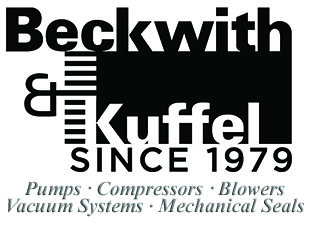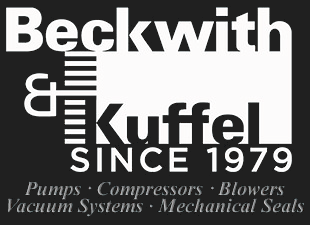PUMP RUNNING SPEED
The other factor that can be controlled by the sales or end user engineer is the pump running speed. The running speed of a slurry pump is one of the most important factors which determines the life of the pump. Through testing, It has been proven that a slurry pump's wear rate is proportional to the speed of the pump raised to the 2 1/2 power. EXAMPLE:
If Pump (A) is running at 1000 RPM and Pump (B) is running at 800 RPM, then the life factor for Pump (B) as compared to Pump (A) is (1OOO/80O)2.5 or Pump (B) will last 1.75 times as long as Pump (A).
With the above ratio in mind. it can be shown that by cutting a slurry pump speed in half, you get approximately 6 times the wear life. For this reason, most slurry pumps are V-belt driven with a full diameter impeller. This allows the pump to run at the slowest possible running speed and, therefore, providing the maximum pump life.
WHY USE A V.BELT DRIVE? In most ANSI pump applications it is a reasonable practice to control condition point by trimming the impeller and direct connecting the motor. However, this is not always sound practice in slurry applications. the abrasive solids present, wear life is enhanced by applying the pump at the slowest speed possible.
Another situation where V-belts are beneficial is in the application of axial flow pumps. Axial flow pumps cannot be trimmed to reduce the condition point because they depend on close clearances between the vane tips and the casing for their function. The generally low RPM range for axial flow application also makes it beneficial to use a speed reduction from the point of view of motor cost. The types of V-belt drives available for use in pump applications are termed fixed speed, or fixed pitch, and variable speed. The fixed pitch drive consists of two sheaves; each machined to a specific diameter, and a number of belts between them to transmit the torque. The speed ratio is roughly equal to the diameter ratio of the sheaves. The variable speed drive is similar to the fixed speed except that the motor sheave can be adjusted to a range of effective or pitch diameters to achieve a band of speed ratios. This pitch adjustment is made by changing the width of the Vgrooves on the sheave. Variable speed drives are useful in applications where an exact flow rate is required or when the true condition point is not well defined at the time that the pump is picked.
V-belt drives can be applied up to about 2000 horsepower, but, pump applications are usually at or below 350 HP.


